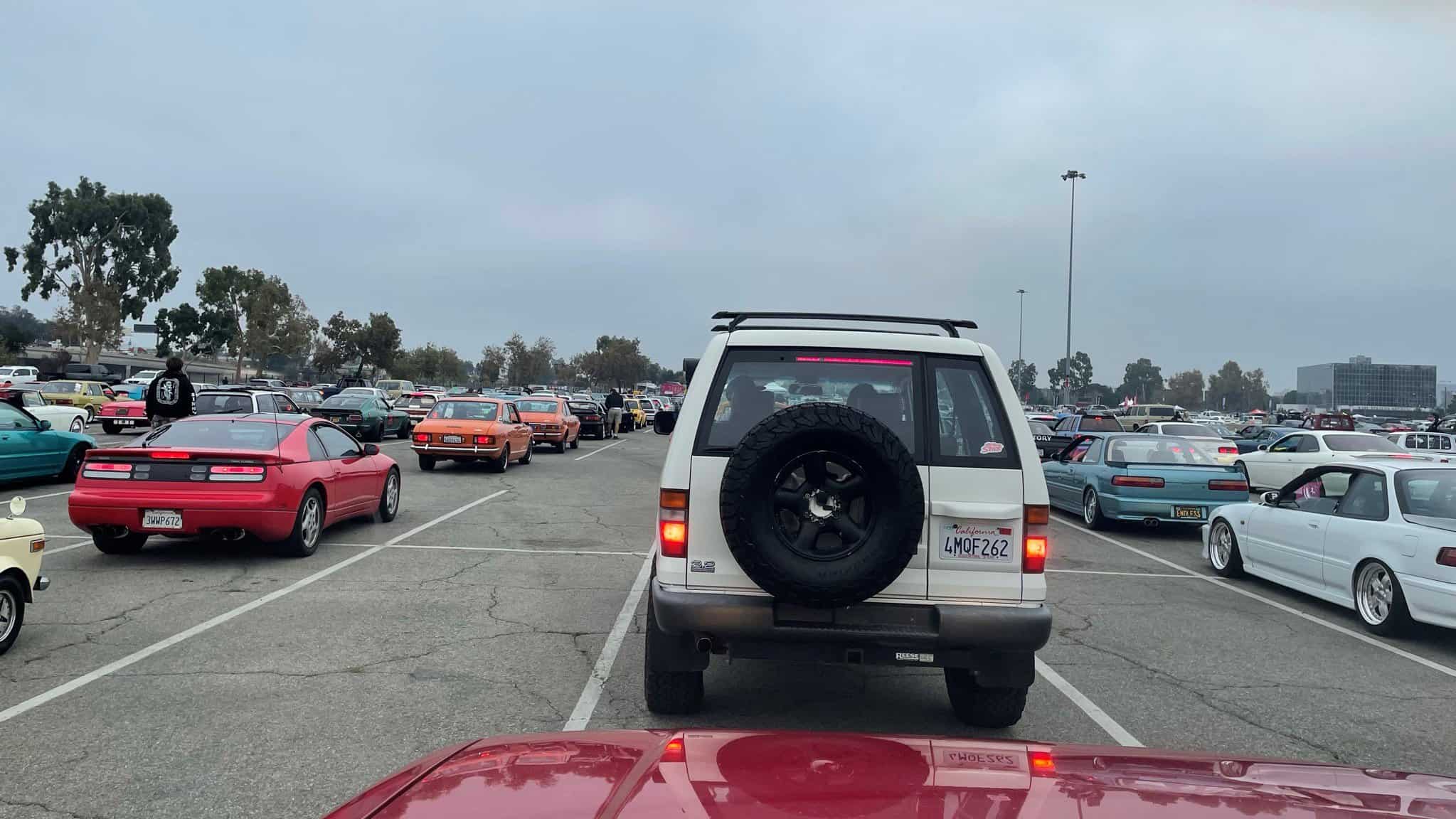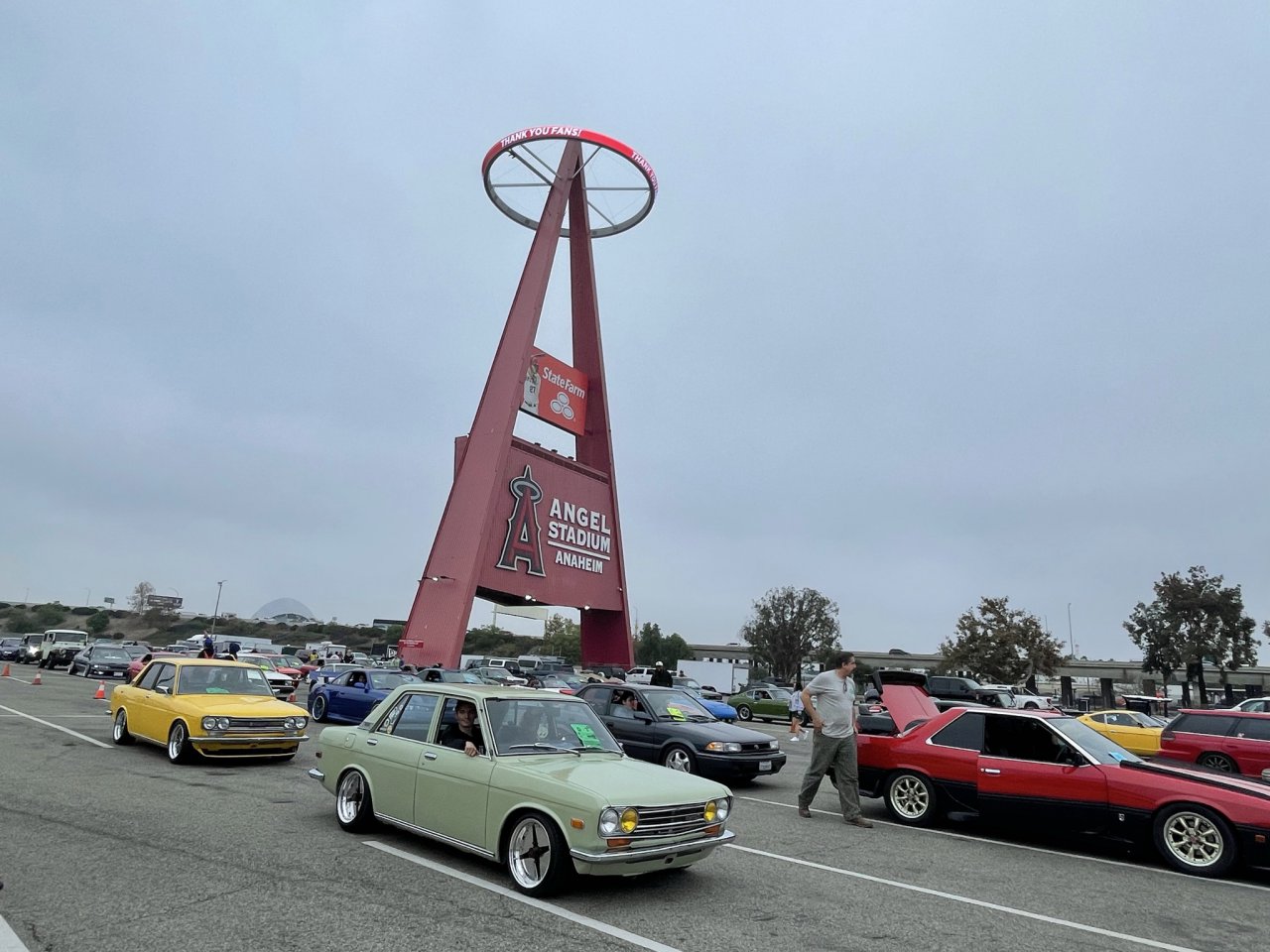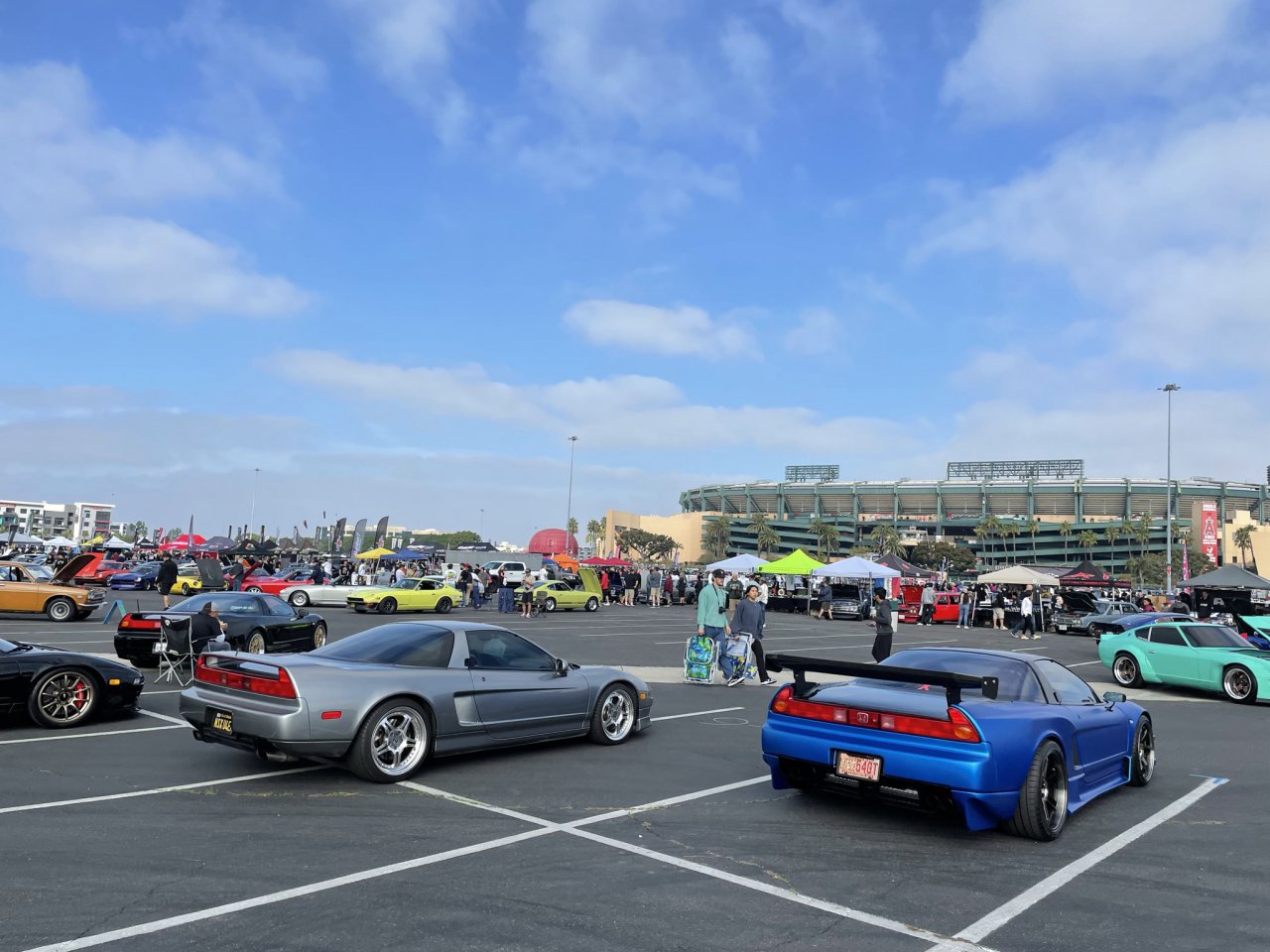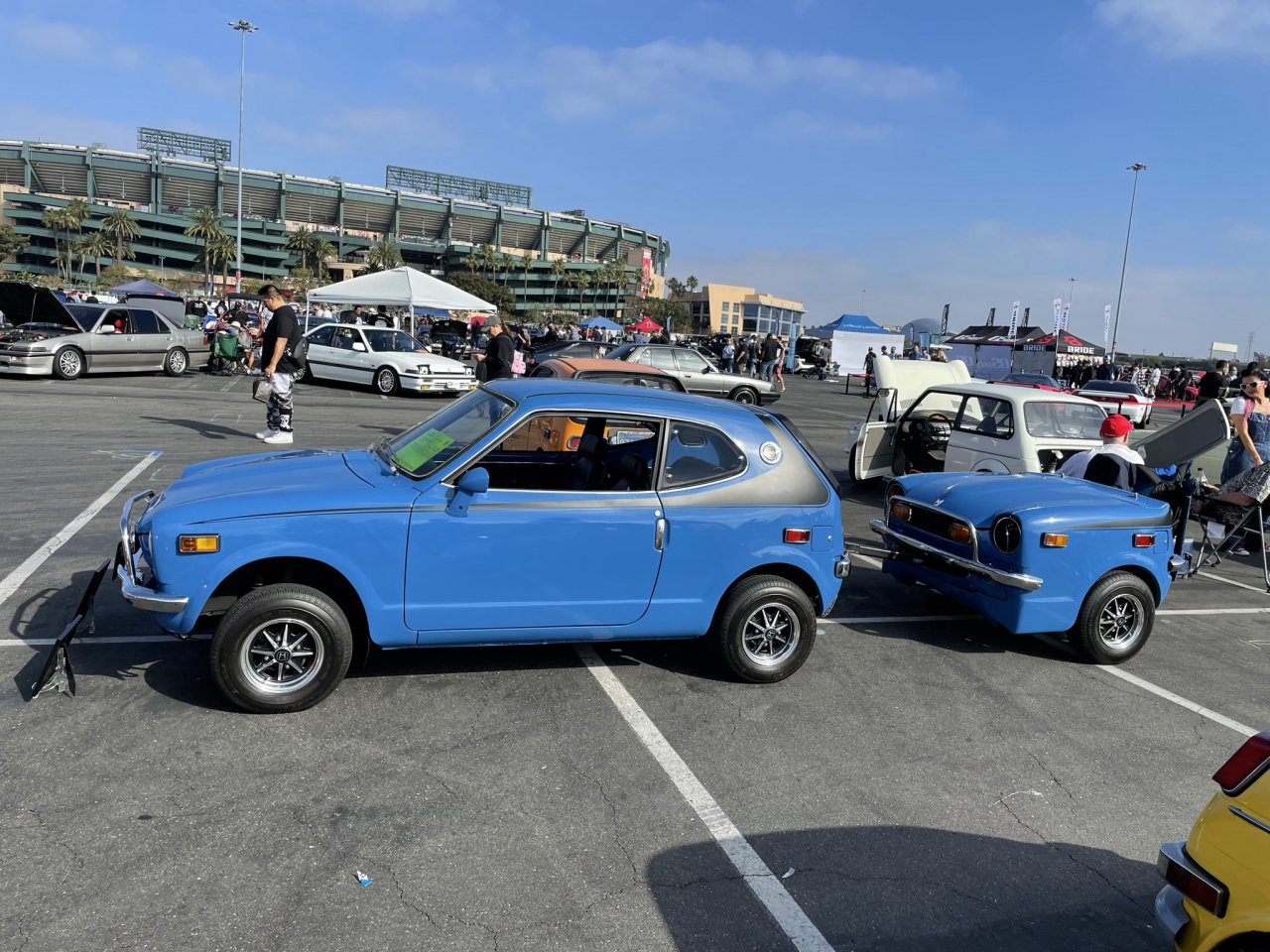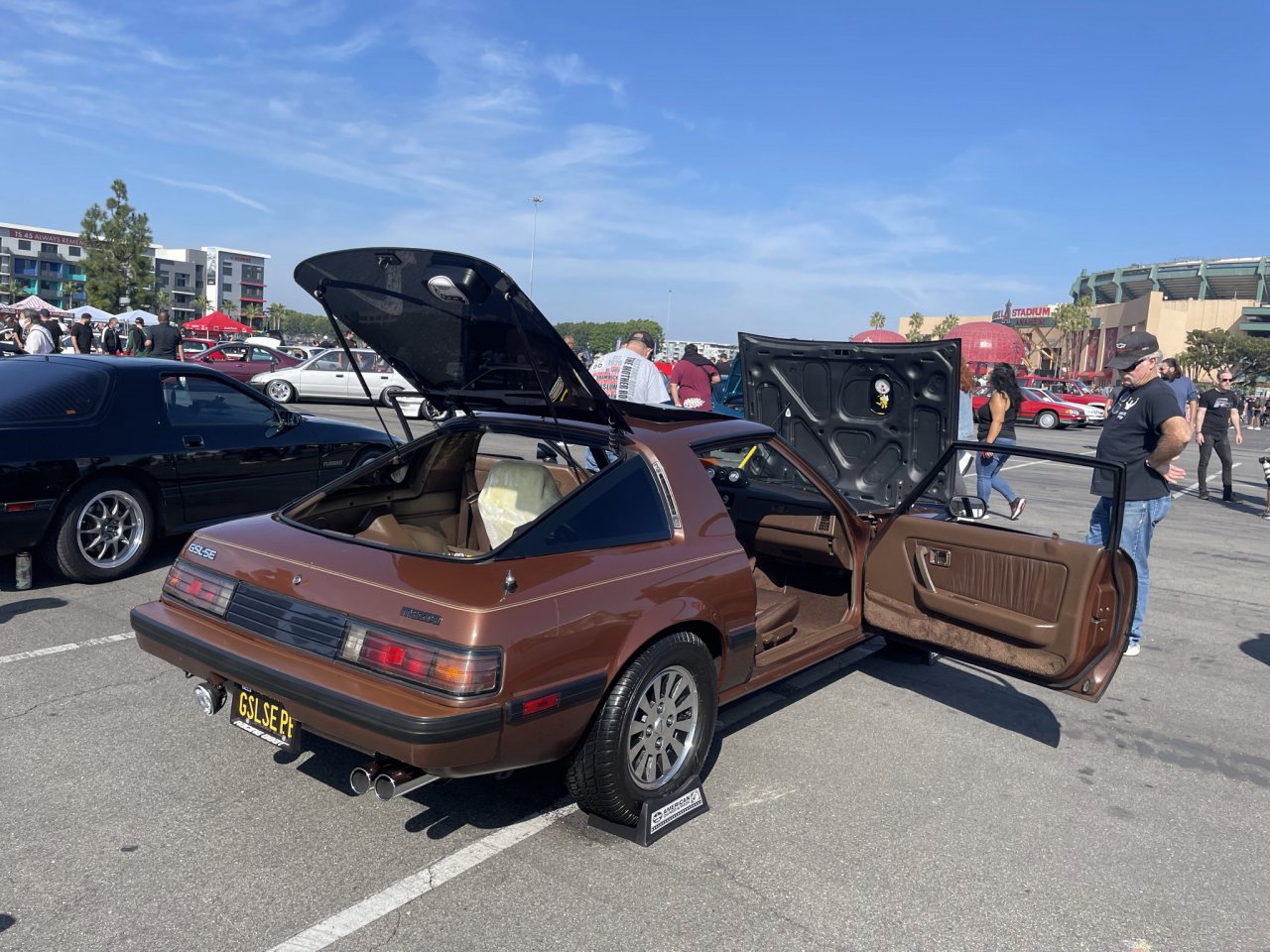The Japanese Classic Car Show has been around since 2005. I first attended in 2014 as a spectator, and then as a registered attendee. I’ve now been there for eight years and have seen a great deal of evolution in venue, size, and scope.
If there’s any attribute that show organizers Terry and Koji Yamaguchi have demonstrated, it’s agility. During the time I’ve been attending, the show has navigated speedy growth, venue shifts, eligibility revisions, and other hurdles — not to mention a pandemic.
And still, participants like me keep coming back for more because of how well-organized the show is and the strong sense of community that it provides.
The Japanese Classic Car Show entered the “Neo Classic” 1980s and 1990s era in 2015 with a designated show called Street Neo Classics held at Toyota headquarters in Torrance, California. By 2017, the broader (and historically, model-year restricted) show opened up room for cars from those decades at the location in Long Beach at the Queen Mary, and in 2018 and 2019 things moved down the road to Marina Green, where it staged in the same area as the famous Long Beach Grand Prix race.
For 2020, the show went virtual, with a week-long E-celebration of vintage Japanese cars and culture. And now, in 2021, hundreds of prior-year participants like me lined up in droves to get back into the in-person car show atmosphere that we know and love. I was so eager to register that I submitted my application within minutes of the go-live, ending up with spot 8 of nearly 400 allocated.
My vehicle of choice for the 800-mile round trip journey from Phoenix was perhaps the least “Acura” of my collection of vintage Acuras – a 1996 SLX SUV that is mechanically identical to an Isuzu Trooper. A product of a classic rebadge solution, the SLX model opened the door to the sport-utility marketplace for Acura as a stopgap measure until the brand’s in-house-engineered 2001 MDX was ready for prime time five years later. The JCCS community is one of very few who appreciate a vehicle like an SLX.
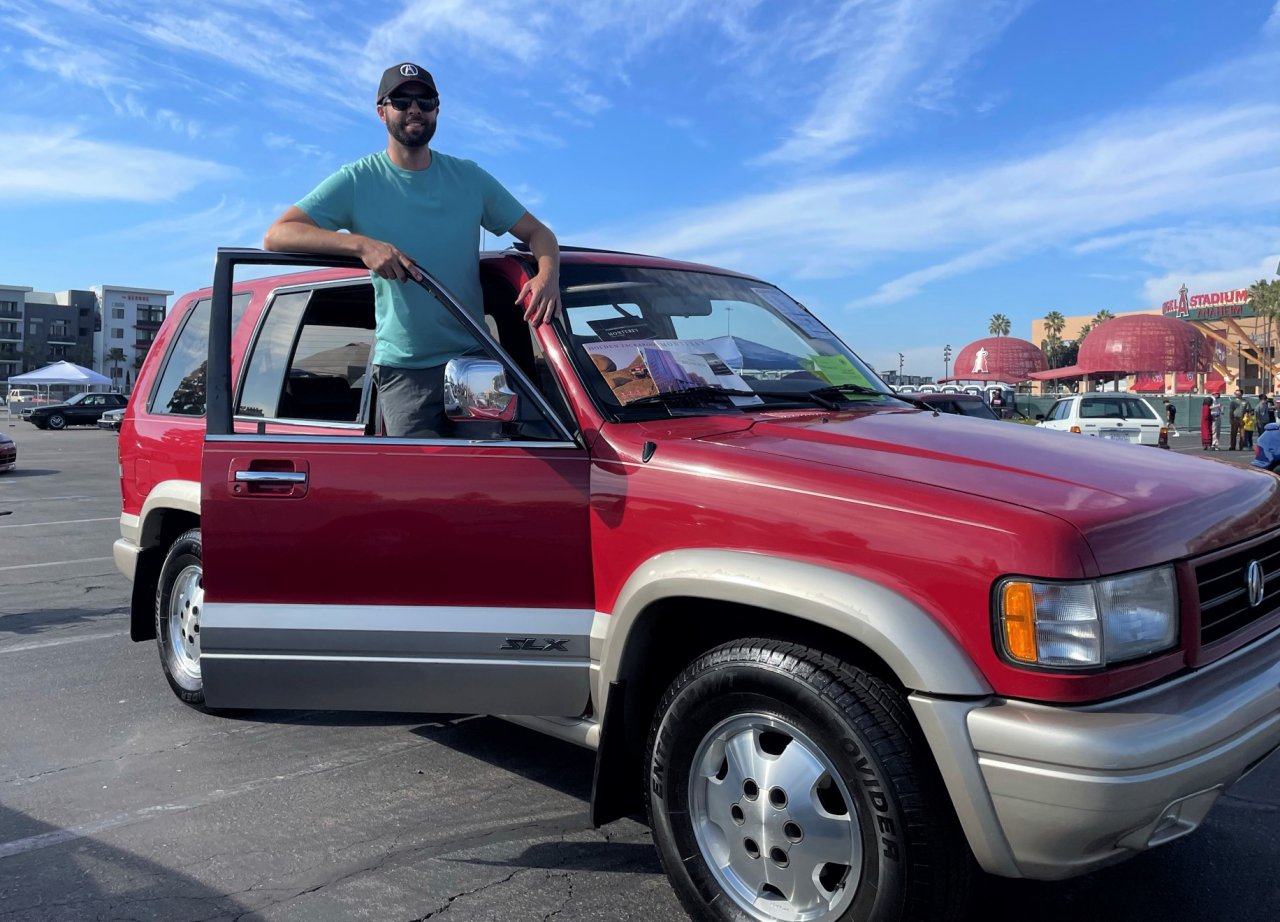
This year marks the 55th since completion of Angel Stadium, the major league baseball field and home to the California Angels in Anaheim and selected as the new venue for JCCS in place of Marina Green 20 miles away in Long Beach, where it had been held in 2018 and 2019. While specific rationale behind the change was not publicly announced, the new location offered the right ingredients for a successful event – most attractively, an abundance of parking.
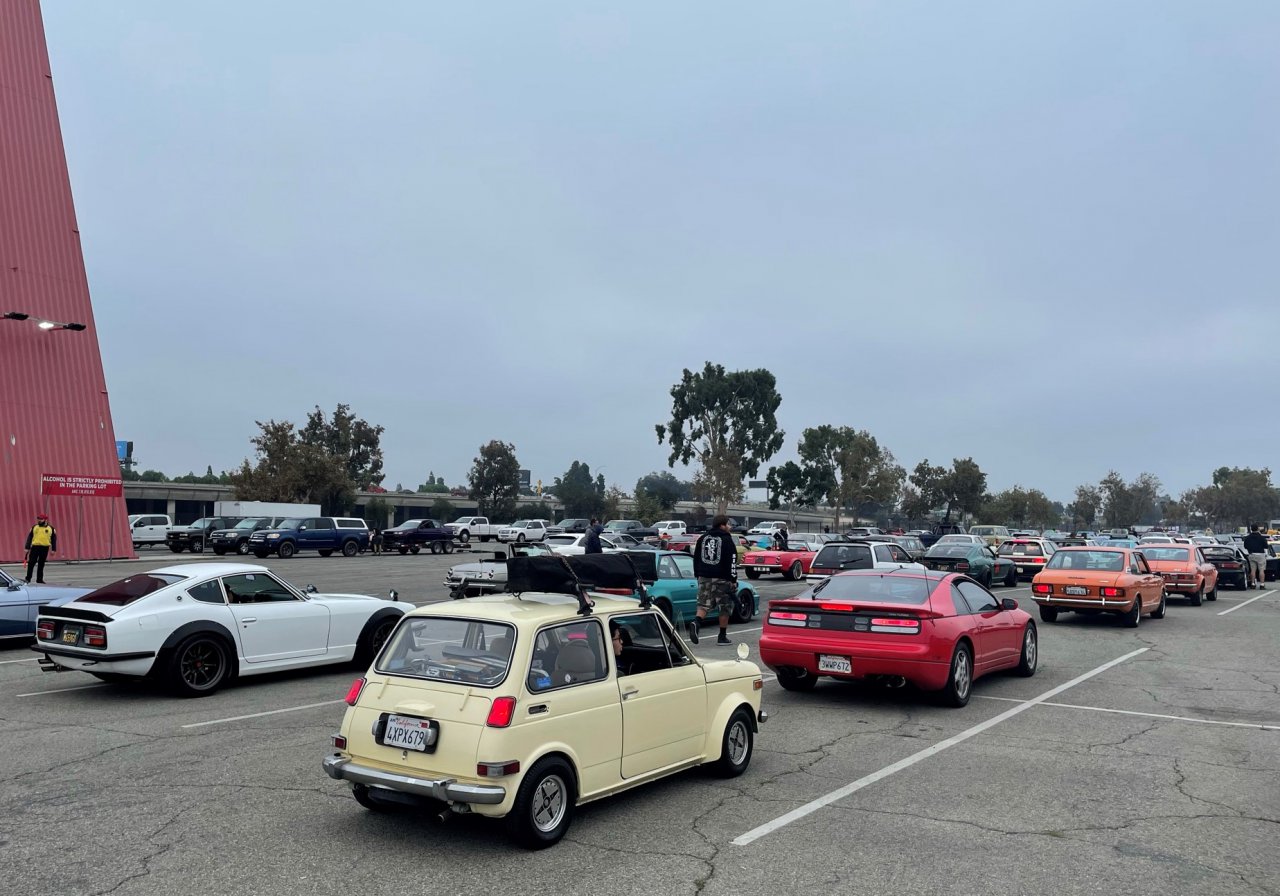
The volume of registered vehicles remained roughly the same as in prior years, but the fact that it had been two years since the last in-person show made the show field almost feel “new.” From what I saw, a lot of people either bought new project cars, or made great progress on their existing cars, during the time off.
In typical JCCS fashion, the level of coordination was paramount among volunteer staff to coordinate the placement of cars, trucks, booths, restroom facilities, food trucks, and a main stage. At roll-in, a span of classic cars six lanes wide awaited security checks before admission to the facility. The delays there caused a small setback in start-time for spectators but the gates opened a little after 9:00 a.m.
A friendly pair of Trooper enthusiasts encouraged me to park in area A-3 with them, but my A-7 registration assignment obligated me to remain in the Acura area when we asked volunteers about a swap. Like many, I was prepared for a day in a parking lot with camp chairs, some SPF50 sunblock, and an umbrella because I had a feeling the morning gray skies would clear away for a warm afternoon, which they did.
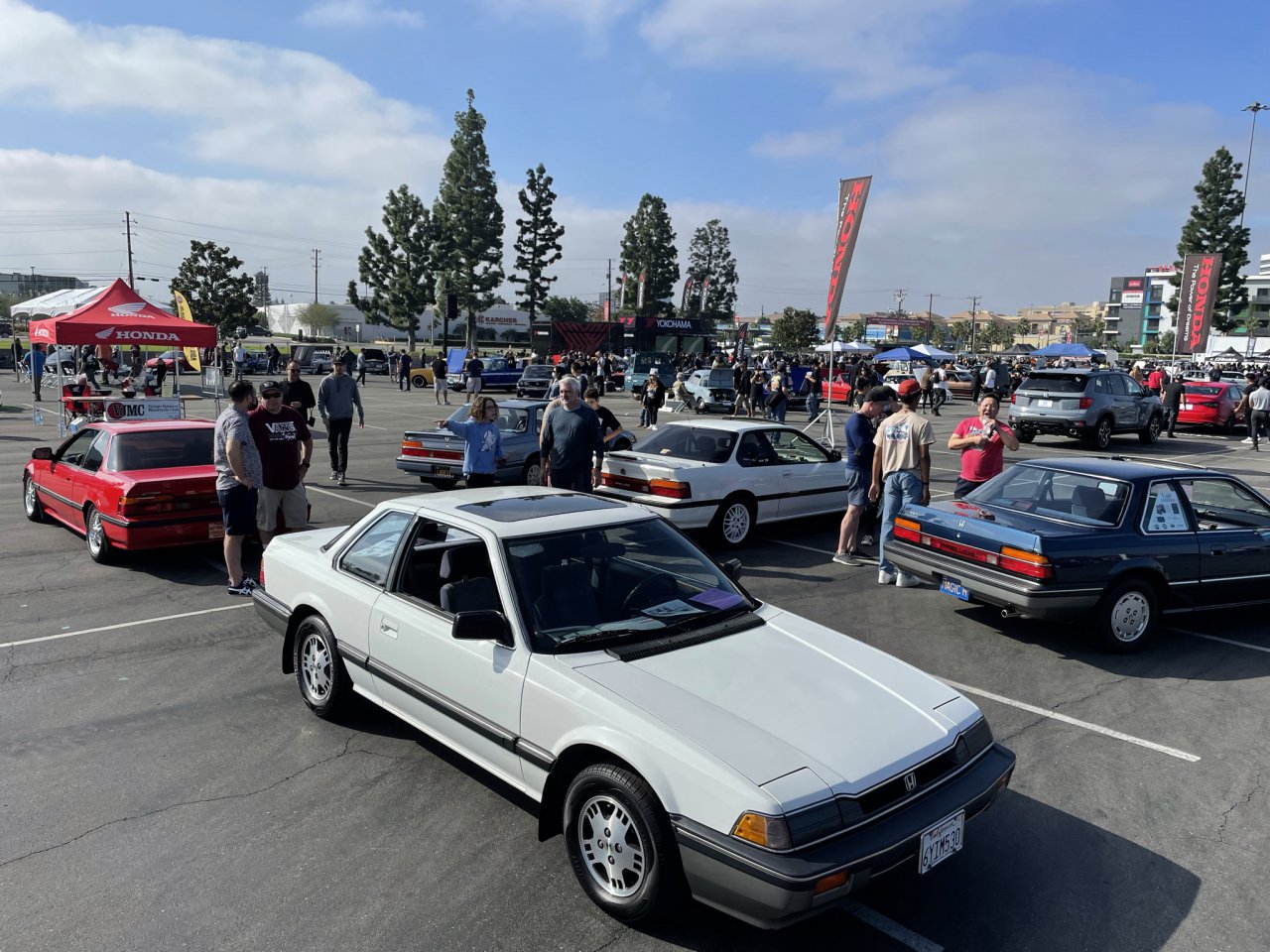
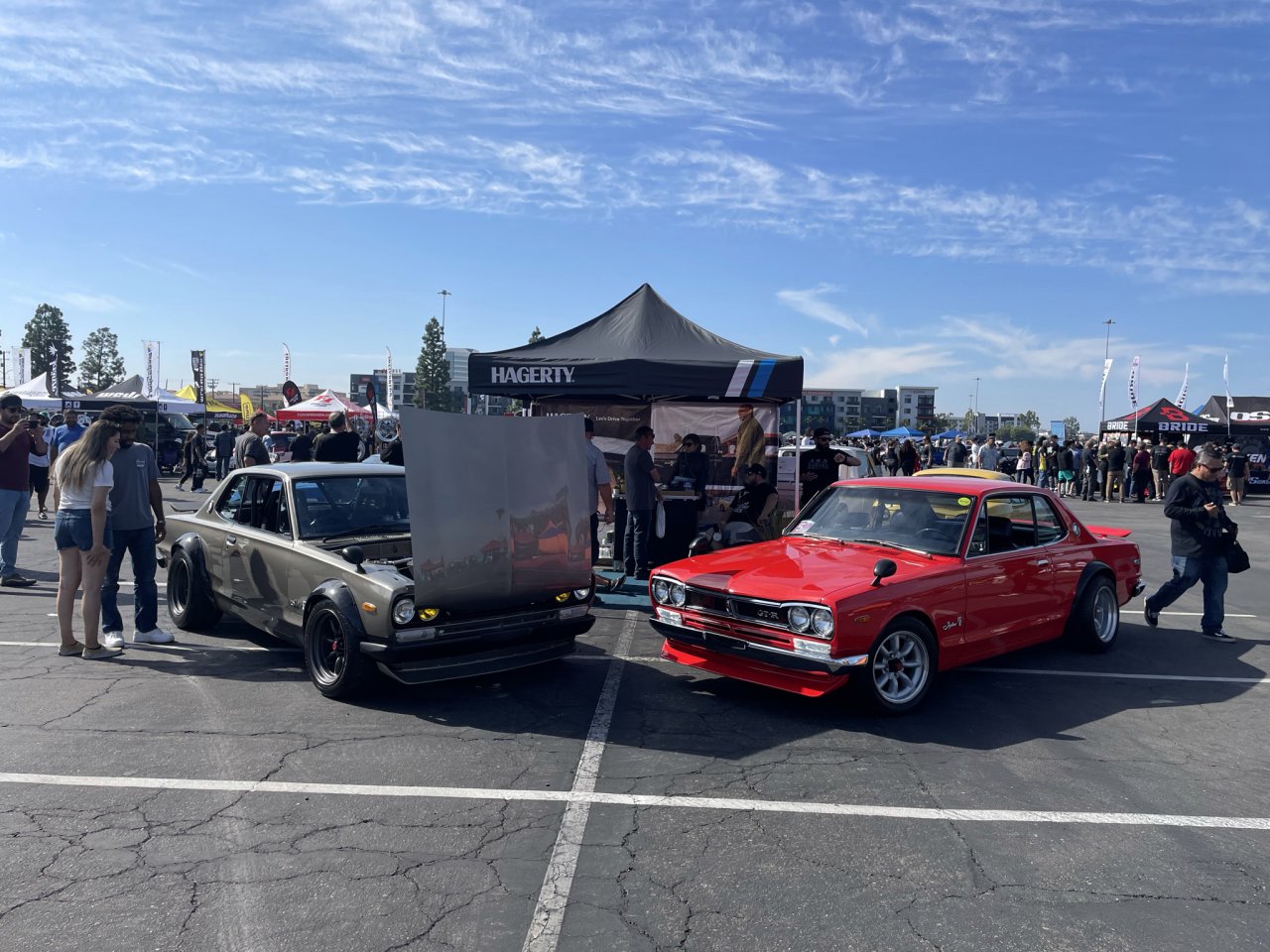
The new layout allowed for plenty of space, and in some cases, a little too much. The Acura area was left with excess room where we could have staged several more vehicles. And at times it felt like the sheer footprint of the show meant a little more planning was needed for accessibility to the concessions and for staying within earshot of the speakers and main stage for announcements.

One impressive component this year was the strong presence of auto manufacturers. Honda brought out a series of vehicles including the new Acura TLX Type S, an NSX Type S, and a third-generation Integra Type R. Nissan showcased the recently revealed 400Z, and Toyota brought out the GR86. Enthusiasts enjoyed reminiscing about vintage cars while at the same time looking forward to what’s next to come from their favorite manufacturers.
As for me, JCCS 2021 served as a much-needed reunion with my “car family” and I was glad I made the trek. Given the challenges that event organizers have been dealt over the past 18 months, the Yamaguchis and their team did a great job of hosting yet another world-class program. You can bet I’ll be back for more in 2022 and beyond.




